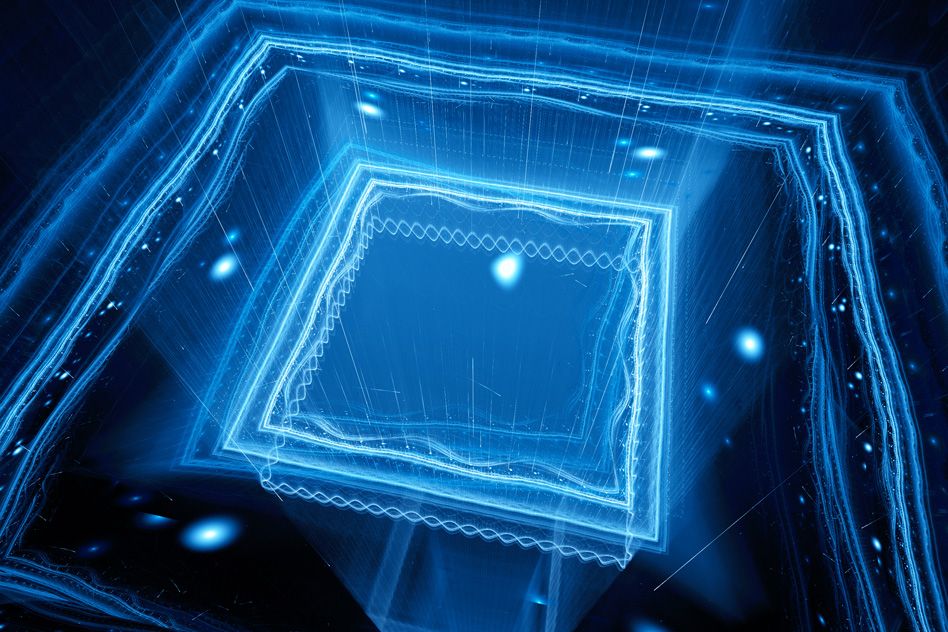Quantum computers are largely hypothetical devices that could perform some calculations much more rapidly than conventional computers can. Instead of the bits of classical computation, which can represent 0 or 1, quantum computers consist of quantum bits, or qubits, which can, in some sense, represent 0 and 1 simultaneously.
Although quantum systems with as many as 12 qubits have been demonstrated in the lab, building quantum computers complex enough to perform useful computations will require miniaturizing qubit technology, much the way the miniaturization of transistors enabled modern computers.
Trapped ions are probably the most widely studied qubit technology, but they’ve historically required a large and complex hardware apparatus. In today’s Nature Nanotechnology, researchers from MIT and MIT Lincoln Laboratory report an important step toward practical quantum computers, with a paper describing a prototype chip that can trap ions in an electric field and, with built-in optics, direct laser light toward each of them.
